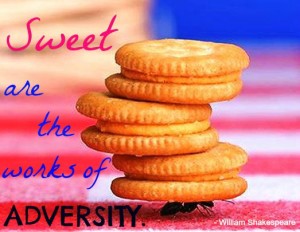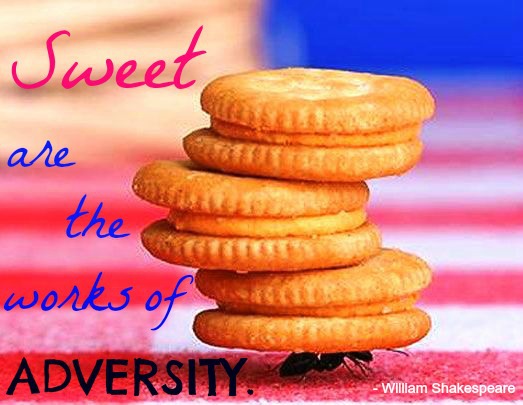The basic foundation for the structure of any society is the family. It is the praying family that is the hope of building an even better society.
In the early morning hours of our lives the home is our first official school where the students in the classroom are our siblings, and our teachers are our parents. A wise man named Solomon taught, “Train up a child in the way he should go: and when he is old, he will not depart from it” (Proverbs 22:6.) And so, it is in the home where we should be adequately trained and prepared to enter the afternoon of our life when the school becomes a building outside the home, the students in the classroom become those whom we befriend, and the teachers are those who have themselves studied and prepared to help us continue on our journey through life by building upon that knowledge which we have already obtained from our first school teachers, our parents. By the evening of our lives, having been sufficiently trained in the way that we should go, we should be prepared to enter the school of life with the world being our classroom, and life itself now being our teacher.
The Foundational Structure of the Home
Thomas S. Monson, President and Prophet of The Church of Jesus Christ of Latter-day Saints (inadvertently referred to by the media and others as the Mormon Church) taught,
Actually, a home is much more than a house. A house is built of lumber, brick, and stone. A home is made of love, sacrifice, and respect. A house can be a home, and a home can be a heaven when it shelters a family. When true values and basic virtues undergird the families of society, hope will conquer despair, and faith will triumph over doubt.” (Thomas S. Monson, Dedication Day, Ensign, Nov 2000, 64–66)
 Many valuable life lessons are first taught in the home, and the learning process for a child begins the moment that he as a baby is brought home from the hospital and is introduced to and becomes an active part of a family. Home is where a child learns how to interact with others, something that he will need to be able to do when he enters society on his own. It is in the home where a child learns to live together, work together, laugh and play together with other family members.
Many valuable life lessons are first taught in the home, and the learning process for a child begins the moment that he as a baby is brought home from the hospital and is introduced to and becomes an active part of a family. Home is where a child learns how to interact with others, something that he will need to be able to do when he enters society on his own. It is in the home where a child learns to live together, work together, laugh and play together with other family members.
It is in the home where a child is nurtured in the Word of God and has his feet planted on the path that he should follow in life. Through this sound nurturing, a child learns to think of others and not just himself. He also learns the principles of forgiveness and how to peacefully resolve conflicts that may arise, being taught from the Word of God, “Be ye angry, and sin not: let not the sun go down upon your wrath: neither give place to the devil” (Ephesians 4:26-27.) Home is the place where a child learns the true meaning of unity.
Righteous Living in the Home
President Monson further taught,
The home is the basis of a righteous life and no other instrumentality can take its place or fulfil its essential functions. . . . Such values, when learned and lived in our families, will be as welcome rain to parched soil. Love will be engendered; loyalty to one’s best self will be enhanced; and those virtues of character, integrity, and goodness will be fostered. The family must hold its preeminent place in our way of life because it’s the only possible base upon which a society of responsible human beings has ever found it practicable to build for the future and maintain the values they cherish in the present.” (Thomas S. Monson, Dedication Day, Ensign, Nov 2000, 64–66)
The home is the place where the word “love” is not a noun, but a verb. True love is not only demonstrated through spoken word, but is shown in the day-to-day relationship of the parents with one another, as well as, the relationship that the parents have with each of their children, and the children in turn have with their parents and each other. Hanging above the threshold as one enters the portals of the home is a proverbial sign that reads “Love Is Spoken Here”.
President Monson has also taught,
Happy homes come in a variety of appearances. Some feature families with father, mother, brothers, and sisters living together in a spirit of love. Others consist of a single parent with one or two children, while other homes have but one occupant. There are, however, identifying features which are to be found in a happy home, whatever the number or description of its family members. These identifying features are:
A pattern of prayer.
A library of learning.
A legacy of love.
(Thomas S. Monson, Dedication Day, Ensign, Nov 2000, 64–66)
A child who has been properly raised in a home as to how to relate to others will adjust well in dealing with people in society. If a child does not adapt well to living in peace with his own family, he will not adjust well to being in society with total strangers. It all begins in the home. “There is beauty all around, when there is love at home.” The home is the central core of the foundation of any society and the family is society’s hope for the future. “If the foundations be destroyed, what can the righteous do?” (Psalm 11:3)
Additional Resources:

